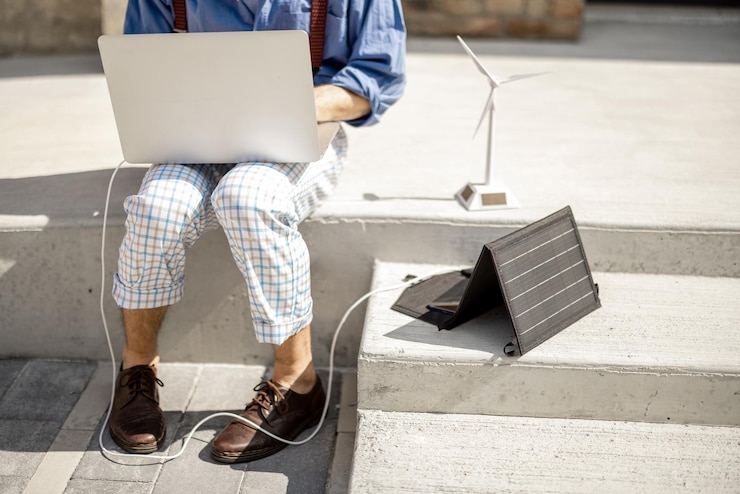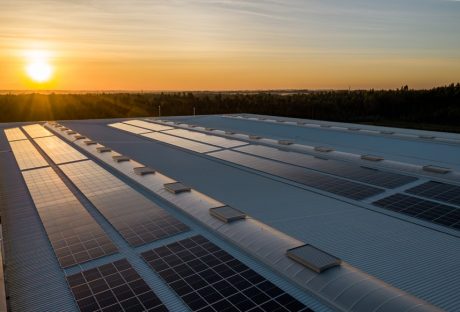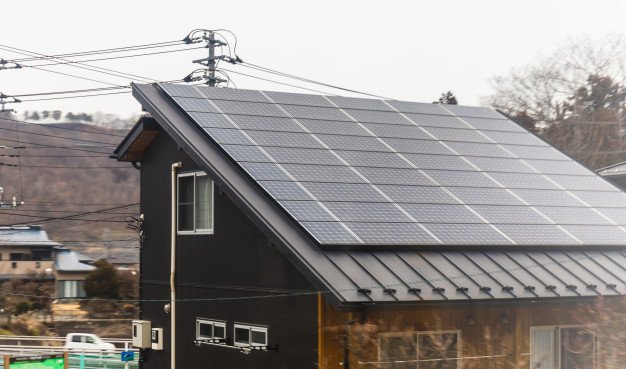There is no need to carry your heavy, bulky generator anymore. With solar panels from the market, you can now find a way to have a hassle-free trip when you go out.
Solar panels for the outdoors are the best thing that you can bring along with you because they will be able to power up your devices while you are outdoors.
Contents
- 1 How To Select The Solar Panels For Outdoor Activity?
- 1.1 1. Choose The Right Size And Shape For Storage Ease
- 1.2 2. Get Flexible Solar Panels
- 1.3 3. Understand The Different Types Of Portable Solar Panels
- 1.4 4. It Should Be Compatible With Your Electronics
- 1.5 5. Check How Long It Takes To Charge And Remains Without Charge
- 1.6 6. Consider the price
- 1.7 7. Durability
- 1.8 8. Setting up
- 2 Wrapping It Up:
How To Select The Solar Panels For Outdoor Activity?
Solar panels are great for powering small devices like cell phones, GPS units, and hand-held radios. Solar panels can be used for camping, hiking, and other outdoor activities. The solar panels for outdoor activities must be able to withstand some rough handling.
1. Choose The Right Size And Shape For Storage Ease
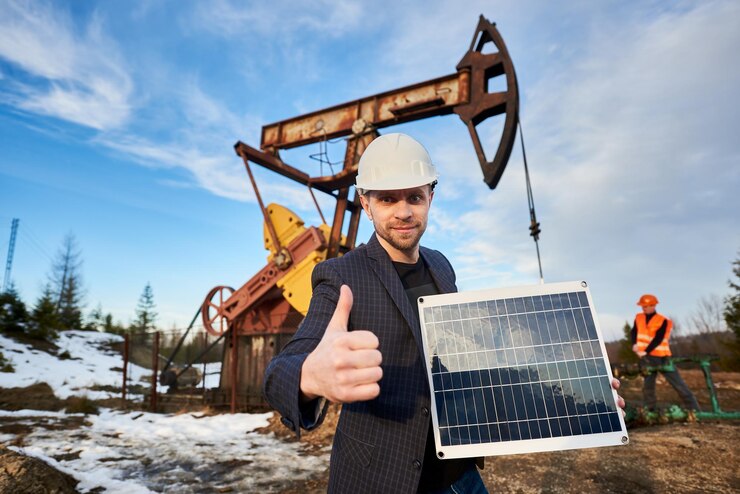
When you’re looking for solar panels for outdoor activity, the first thing you’ll want to consider is the size and shape of the panel. The most common size is 15 inches by 15 inches, but you can also find smaller and larger sizes.
If you’re planning on using a solar panel in a backpack while camping, smaller size is easier to carry. However, a larger size may be needed if you plan to use the panel in a stationary location or on a boat.
2. Get Flexible Solar Panels
When choosing a solar panel, you need to think about your situation and how you will use it. The solar panels for outdoor lights should always be flexible. Unless you are not going to select the portable one, you cannot get the full advantages.
For example, if you’re going to be camping, you want to make sure you get something that’s small, lightweight, and portable. Camping flexible solar panels at Sunyee are going to be the best option for outdoor activity.
Flexible solar panels are the best choice for outdoor activity. The reason is that flexible solar panels are very light, strong, waterproof, and can be bendable to about 180 degrees. This is the coolest thing about flexible solar panels for the outdoors. In the past, you could only find rigid solar panels for sale.
They were heavy, noticeable, and not very portable. Due to the advancement in technology, flexible solar panels are now made. They are very light, portable, and durable. The best part is that they can be folded and carried around easily.
3. Understand The Different Types Of Portable Solar Panels
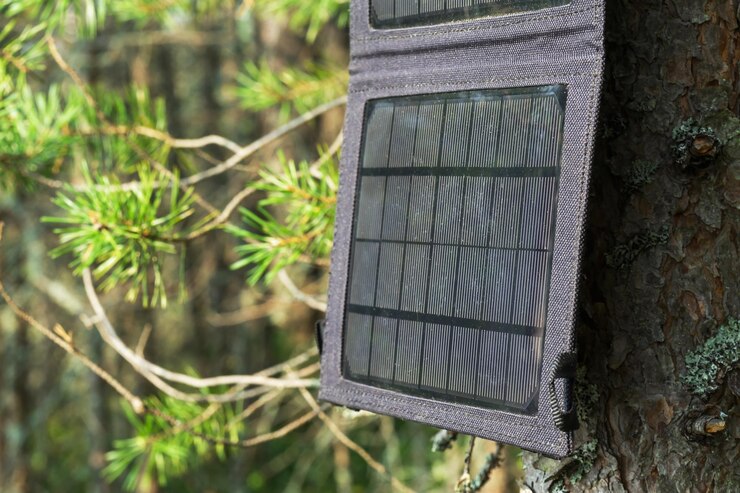
Just like any product, there are different types of portable solar panels to choose from. Each of these comes with its own set of advantages and disadvantages.
Understanding them is the key to choosing the right one for your needs. The first thing which you should consider while selecting solar panels for outdoor and their capacity.
This is measured in watts. The higher the capacity, the faster your gadgets will charge. The second thing to consider is the material used to make the panel. Generally, portable solar panels are made of silicon and aluminum.
Each of these comes with its own pros and cons. Silicon panels are more expensive than aluminum panels but are also more durable. Aluminum panels are cheaper but are not as durable.
There are many different kinds of solar panels to choose from. You can choose between monocrystalline, polycrystalline, along with thin film solar panels.
Monocrystalline panels have higher energy efficiency with a lower amount of weight than polycrystalline panels. Thin film solar panels are the lightest, but they are also the least efficient.
4. It Should Be Compatible With Your Electronics
Another thing you need to consider when choosing a solar panel is if it’s compatible with your electronics. There is a wide range of solar panels for outdoor available on the market, and each of them may be compatible with different electronics.
If you own a smartphone or tablet that is not compatible with solar power, you can always buy one with a bigger capacity. Most solar panels are compatible with multiple devices; just remember to check the specifications before you buy one.
5. Check How Long It Takes To Charge And Remains Without Charge
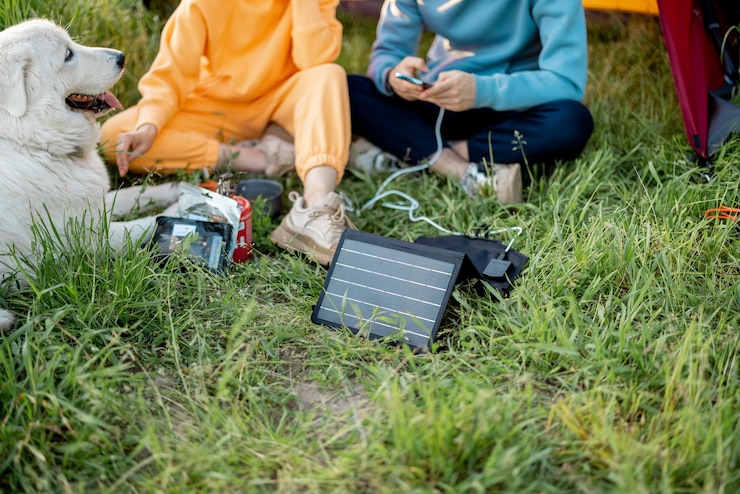
If you are going to use a solar panel for outdoor activity, say camping, hiking, fishing, etc. The battery should be able to charge fully, which means at least 8 hours (for those with a low-capacity battery, it is better to bring a solar charger).
But it is better to have solar panels outdoors that can remain at no charge for over a month, which means the battery should be at least 20,000mAh capacity. When purchasing replacement solar panels for outdoor lighting, the battery capacity is the first thing that you must check.
For example, small solar panels for outdoor lighting are more like a decorative part, so when you are starting to add these to your garden, you should always understand what the life span is and how long it will take to get the full charge.
6. Consider the price
Solar panels are a great option for powering outdoor gear and cutting down on the costs of outdoor activities. You can power all kinds of things with a solar panel. The biggest concern is being able to power what you actually want to power.
You’ll need to know the wattage of the device before you can start looking for solar panels.
The cost of solar panels is one of the main concerns of people who want to install solar but are not sure if it is worth the investment. The price of solar panels and related equipment can put a big dent in your pocket.
But it is also true that solar power is one of the most cost-effective ways to produce electricity. So, if you are planning to install solar panels outdoors, you have to decide how much you are willing to spend.
7. Durability
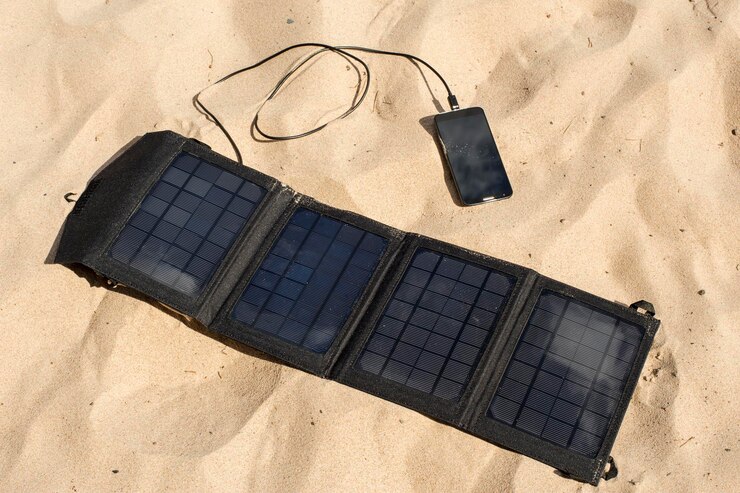
Durability is the first thing you need to consider when choosing solar panels outdoors. Solar panels are not cheap, and you don’t want to make a bad investment. It is very important to check the glass on the panel. It should be durable and thick, made of tempered glass that is scratch resistant and won’t crack under pressure.
The glass needs to be strong enough to withstand wind and to keep the solar panel protected. The panel frame should have a good warranty and be sturdy, but most importantly, it should be made of rust-resistant material.
It must be able to withstand the elements and keep the solar panel safe from rust. The whole frame needs to be strong, not just the legs. A good warranty is also very important, don’t settle for less than 25 years.
8. Setting up
When choosing your solar panels for outdoor, the most important factor to consider is how easy it is to set up. If you are going to be using your solar panel for outdoor activity, it will most likely be set up in a place that is not easy to reach.
You don’t want to be carrying a heavy solar panel with you while you are hiking or camping. It would help if you also were looking for a solar panel that is light enough to carry around your neck. There are a bunch of solar panels out there that are pretty much ready to go. Just unroll your solar panel and put it in the sunlight.
Wrapping It Up:
These are the qualities that you must check before selecting solar panels outdoors. Outdoor solar panels are not only user-friendly.
These solar panels are the ultimate solution for any place where frequent power cuts happen. Which types of quality do you match up with while selecting any outdoor solar panels? Let us know through the comment sections.
Read Also:













